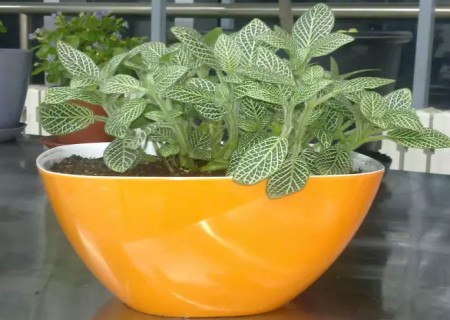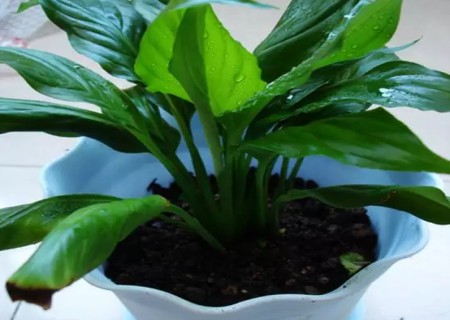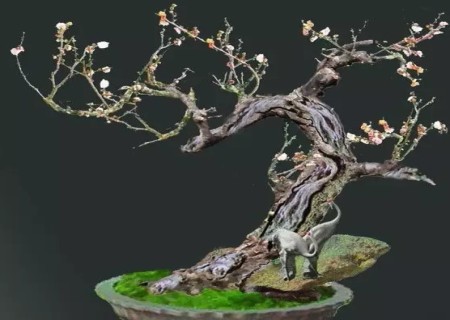The method of Cuttage Propagation of Rehmannia glutinosa
Reticulate grass has the characteristics of light posture, small and exquisite, although the leaf color appears a little elegant, but the texture on its leaves is very clear and discernible, and very beautiful, giving people a fresh feeling, as a potted plant has a very high ornamental value. Put potted reticulate grass on the balcony or in the bedroom, can bring special embellishment and decoration effect to the environment.

Reticulate grass is very suitable for indoor foliage, so it is interesting to use it to decorate the indoor home environment. If it is made into a bonsai, its ornamental value is more prominent, so more and more bonsai friends like to keep it at home. The reticulate grass is generally propagated by cutting, as long as the temperature is suitable, cutting breeding can be carried out all the year round, of course, May-September is the best breeding period. So, how to cut and propagate reticulate grass? Next, the editor will talk about the method of cutting propagation of reticulate grass for you.
1. Making cuttings
First of all, a pot of reticulate grass with good growth condition was selected, and then the robust branches with terminal bud and 3-5 stem nodes were selected as cuttings, and the cutting length was more than 5 cm. After cutting off the cuttings, cut off all the leaves at the lower end of the branch and retain the two leaves at the upper end, or cut the remaining two leaves in half to reduce the unnecessary consumption of nutrients by the leaves.
2. Preparation of matrix
Before cutting, we first need to prepare the culture soil. First put a layer of large ceramsite about 2 cm thick on the bottom of the basin as the drainage layer, then spread a layer of fully mature organic fertilizer about 2 cm thick as the base fertilizer, and finally cover it with a mixed substrate of vegetable garden soil, river sand and sawdust.
3. Cutting process
After the above preparatory work is done, the cuttings will be cut in the potted soil. In order to increase the number of young plants that survive, the number of cuttings can be increased appropriately according to the size of the flowerpot. Generally, 8-10 cuttings can be inserted into each flowerpot with a diameter of about 10 centimeters, and the young plants can be maintained and managed after the cuttage is completed.
IV. Maintenance and management
After all the cuttings are finished, move the flowerpot together with the cuttings to a cool and ventilated place for maintenance and management. After 1-2 days of slow seedling, we can provide appropriate light for it. As long as everyone manages it carefully, rooting and sprouting can occur in 2-3 weeks. When the young plants germinate new leaves, a little slow-release fertilizer can be applied to the basin and properly watered, and then coring and pruning can be done in time.
It should be noted that the grass likes light, so it should be provided with sufficient light during the maintenance and management period. If the plant is in the shade environment of lack of light for a long time, it will be easy to grow stems and leaves, thus losing the original ornamental effect. More importantly, once this plant appears the phenomenon of overgrowth, it is difficult to control its plant shape, and it is very difficult to return to the normal growth state, so it loses the ornamental value of bonsai and the significance of potted plants. (written by: laughing Book 2017-09-10 22:27)
Time: 2019-06-08 Click:
- Prev

How to split Anthurium andraeanum in potted plants
White palm, alias white taro, generally breeds young plants by means of ramets. The ramet of white palm is usually carried out every 2 years, and the ramet is mostly carried out in the spring and autumn season, which can be combined with changing pots. However, if the ramets are changed in the spring, the new buds generally need to be erased.
- Next

How to make the plum pile bonsai look old and simple
The old pile bonsai of plum blossoms is beautiful, free and easy and full of charm, which is favored by the majority of bonsai lovers. Plum blossom bonsai can not only bring us a sense of beauty, but also add a lot of fun to life. But a plum stake with considerable ornamental value and artistic effect should first raise its glass to the quaint and elegant appearance of the dragon bell.
Related
- Fuxing push coffee new agricultural production and marketing class: lack of small-scale processing plants
- Jujube rice field leisure farm deep ploughing Yilan for five years to create a space for organic food and play
- Nongyu Farm-A trial of organic papaya for brave women with advanced technology
- Four points for attention in the prevention and control of diseases and insect pests of edible fungi
- How to add nutrient solution to Edible Fungi
- Is there any good way to control edible fungus mites?
- Open Inoculation Technology of Edible Fungi
- Is there any clever way to use fertilizer for edible fungus in winter?
- What agents are used to kill the pathogens of edible fungi in the mushroom shed?
- Rapid drying of Edible Fungi

